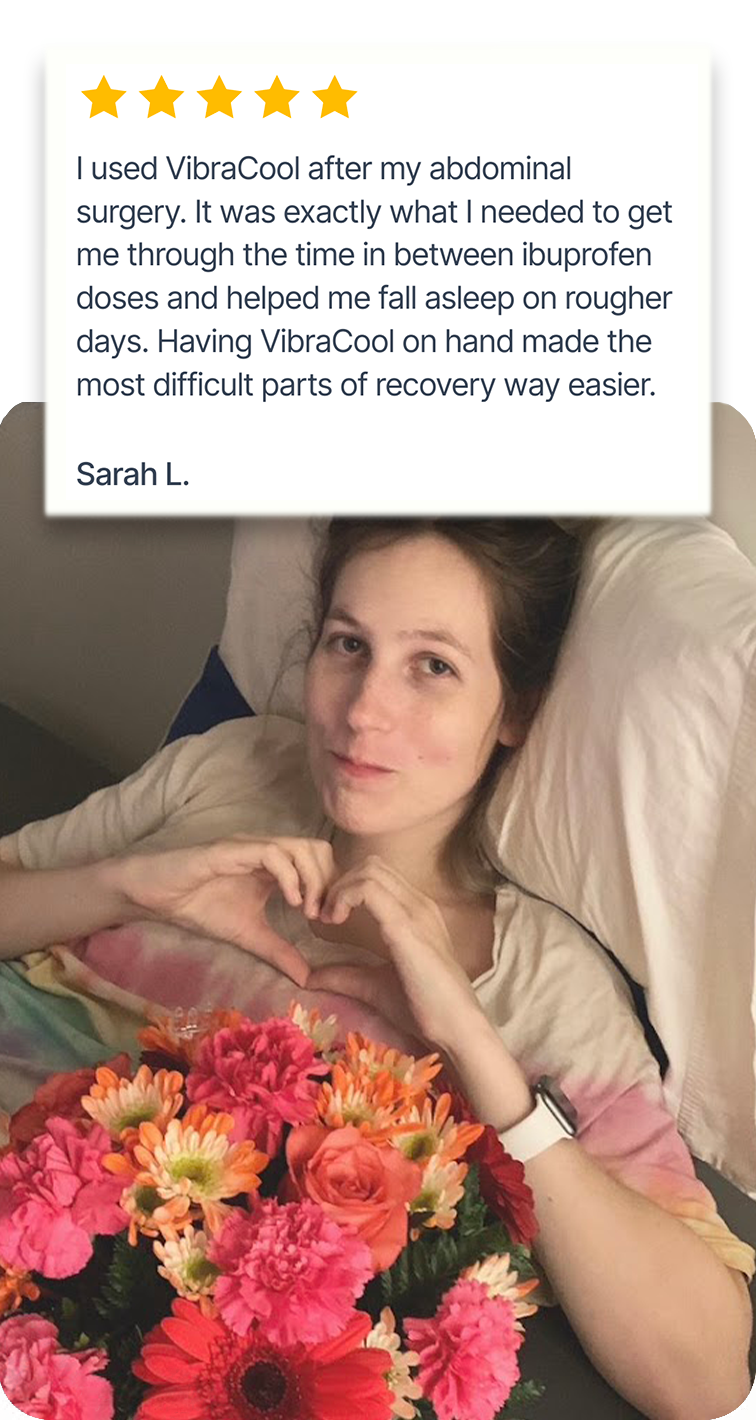The goal for post-surgical pain management is just that: manageable, not pain-free. Hospital use of opioids during surgery and immediately after is essential. However, the slower-acting oral pills used after discharge home increase risk when taken for more than three days. More importantly, they rarely relieve pain better than other options.
Here are plans and the logic behind how to use #OptionsNotOpioids

Free Pain Plans: Knee Surgery - Oral Surgery - Arm Surgery - General Surgery
Why Recover from Surgery Without Opioids? - ERAS Hospitals - Surgery Specific Prevention Tools -
Downloadable Resources - Opioid-Sparing Video Bootcamp - Advocacy Links
Buy Products: Oral Surgery Bundle - Knee Surgery Bundle - Arm Surgery Bundle - General Surgery Bundle
Download our arm surgery pain plan checklist.

Pain Care Labs' Mission - Eliminate Unnecessary Pain ... and opioids. We know some pain is unavoidable. We know opioids improve lives, reduce the development of PTSD and chronic pain, and facilitate procedures and surgeries. We also know that unnecessary pain and opioid use lead to suffering and loss. There is no one right answer. While we founded the field of thermomechanical pain relief, we support every evidence-based pain intervention - and want you to know about them all, and how to use them to eliminate opioids after surgery.
Opioids don't turn off pain. Instead, morphine strongly activates reward receptors in the brain, "switches" that release all the dopamine "feels" of power and accomplishment. The receptors overlap with many pain processing areas, so while you may feel pain, you aren't distressed because you feel in control. The body reacts to stress and pain quickly, increasing pain sensitivity: learned memory pathways intended to help you avoid pain in the future.
Helpful in the hospital - The amount of morphine in the first 24 hours after trauma, burns, or severe injury has been shown to reduce PTSD and chronic pain, potentially by reducing stress with dopamine.
Home pills post-op work differently - After a few days, though, the brain's reaction to opioids changes. There are five reasons why oral opioid pills after surgery work differently than the IV formulations given at first:
1) After a few days, the brain dopamine switches don't respond as much to opioids.
2) A newly discovered switch that prevents chronic pain is only effective in the first few days.
3) Your body has to convert pills to the active morphine form. Some people convert too slowly to release much dopamine.
4) Some people don't process dopamine well, or convert opioids so quickly they feel disproportionately powerful and accomplished with the dopamine rush... an OUD risk.
What works for home pain relief? Most compelling, post-surgical studies don’t show a benefit with home opioids compared to coaching, a pain plan and options. For wisdom teeth extractions, multiple studies showed ibuprofen superior to codeine. Sadly, one study found that of young adults prescribed opioids for wisdom tooth (3rd molar) extractions, 6.4% were still on opioids 90 days later.
For pediatric fractures, ibuprofen was at least as good as opioids for pain relief. For carpal tunnel release, hand surgeries, and general surgeries from cholecystectomy to robotic prostatectomy, over-the-counter pain medication and a pain plan was sufficient or superior. The only difference was opioids increase side effects. Knowing it is possible and preferable to recover without home opioids - if this is what you decide to do, what's the plan?
Behavioral Medicine Education and Relaxation: Dr. Judith Scheman
This educational video was designed to help patients get better, faster after their surgery. This is part of the new Behavioral Medicine Program- a program unique to Cleveland Clinic that offers a holistic and integrated medical and surgical care approach. This session helps prepare you for surgery and facilitates a smooth recovery after surgery.
Dr. Judith Scheman and the Five-finger breathing technique
Five-finger breathing is a simple, powerful breathing technique for deep relaxation and pain relief. Pain specialist and behavioral medicine psychologist Dr. Judith Scheman, Ph.D., explains how to do it in order to relax, unwind and manage pain.